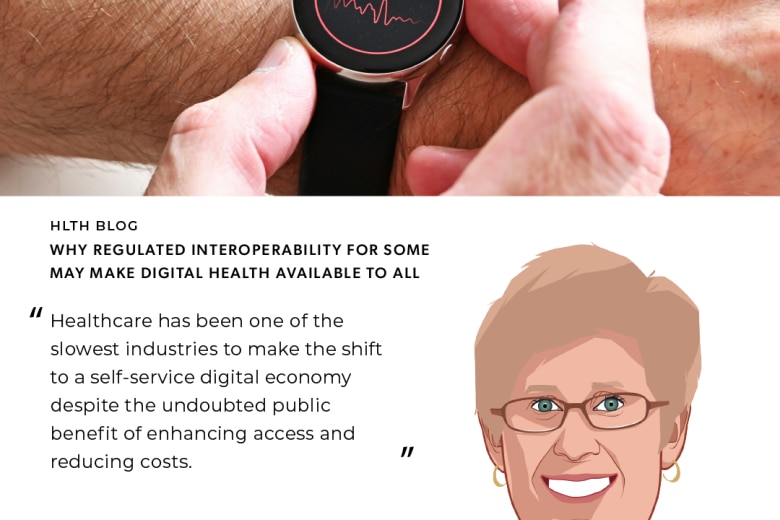If your health plan organization is not already contemplating a clinical data strategy, maybe it’s time.
That’s the topic of a recent report highlighting research conducted by the eHealth Initiative (eHI). eHI interviewed CIOs at six large managed Medicaid plans about their experience defining and implementing a clinical data strategy, and published their findings on topics such as sources of data and how organizations collect them, implications for the IT infrastructure, and some other important considerations when implementing a strategy. It also discusses some of the challenges such as getting access to clinical data, working with provider networks, aggregating and organizing data in consolidated reporting systems, and delivering timely data to constituents.
As I read the report, I found that it offered a good validation of what we have been observing with the market and, more specifically, with our existing customers. As payers and providers increasingly share risk, payers have focused more on incorporating clinical data into their overall strategy. It’s an important journey in the evolution to value-based payment and leveraging the digitization of clinical data.
Some key use cases that benefit payers, providers and patients include support for quality reporting. Since Managed Care Organizations, or MCOs, must have a quality reporting strategy to demonstrate to their states that they are delivering quality care to their members, having more complete information helps them understand how to unify members and providers alike to improve outcomes. It’s no surprise that consumers receiving healthcare services through Medicaid, especially those with chronic conditions and co-morbidities, will likely have their clinical information spread across multiple systems in various digital and paper-based formats.
Payers can use Admission, Discharge, and Transfer messages (ADTs) and other data sources to help close gaps in care to improve the outcomes for their members. We find that doing so revolutionizes the strategy for our customers in this market. For example, knowing that a member has been admitted to the hospital, especially one that has not been to a provider in a while, enables care managers to intervene. Getting access to lab results allows payers to know if their diabetic members have their HbA1C in control.
Opportunities for payers and their contracted network to collaborate emerge when both clinical and claims data work together. Using clinical data in a payer’s Case Management system allows greater insight into the needs of patients. In doing so, payers can also work with providers to coordinate care and provide both better outcomes and shared savings.
There are many more examples of the benefit of a clinical data strategy.
To learn more, watch the eHI webinar replay, “Improving Care and Lowering Costs: The Use of Clinical Data by Medicaid Managed Care Organizations.”






































